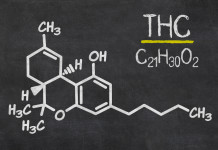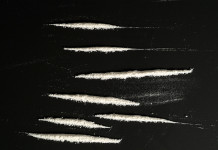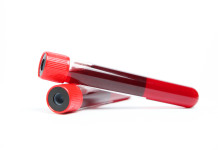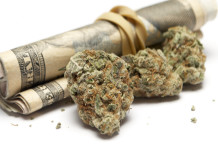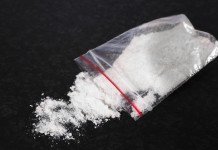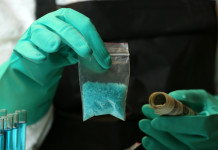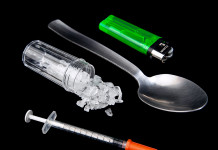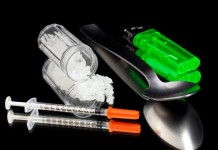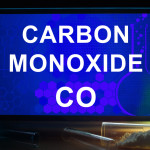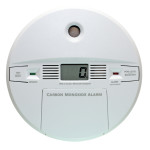Poisoning by carbon monoxide is more common in winter. During the cold winter months, old and neglected heaters and boilers are put to use, exposing their owners to the risk of carbon monoxide poisoning.
Some estimates suggest carbon monoxide may be the cause of half of deaths from poisoning in many industrial countries. The impact of undetected, low-level, chronic poisoning is even greater, and delayed neurological effects can occur.
Tenants at higher risk
Combustion of any fuel without adequate ventilation and oxygen can cause poisoning, and faulty boilers or heaters are often involved. Poorly maintained boilers in rented houses are a common culprit.
The symptoms of chronic poisoning are subtle, and can be similar to those of flu and other common winter illnesses. Victims often complain of headaches, malaise and fatigue, with limb and/or joint pains and nausea or vomiting.
Many patients complain of cognitive problems affecting memory, concentration, motivation and speed of reasoning. In many cases, the symptoms overlap with those of depression.
Symptoms in children may be even more vague and non-specific than in adults, so careful history taking is vital. Ask if other members of the household have similar symptoms, and if they feel better away from home.
Carbon monoxide combines readily with haemoglobin to form carboxyhaemoglobin, so preventing formation of oxyhaemoglobin. Even though there is hypoxaemia, there is no cyanosis, and the skin is pink or pale. Carboxyhaemoglobin is cherry red, so a high concentration in the capillaries can give the skin and even mucous membranes and nails an abnormal red colour.
More severe poisoning can cause myocardial damage and respiratory distress, and in severe acute cases, confusion and coma can develop rapidly.
A heparinized blood sample will show raised carboxyhaemoglobin levels. Levels soon return to normal once the patient is removed from the source, so the sample needs to be taken quickly.
However, the Royal Navy advice on carbon monoxide emphasises that carboxyhaemoglobin levels correlate poorly with the severity of poisoning. It is important to take account of symptoms and clinical findings.
Patients with suspected carbon monoxide poisoning should be referred to hospital. Removing the victim from the source of carbon monoxide is the first essential step.
Treatment involves giving 100 per cent oxygen via a tight-fitting oro-nasal mask. Metabolic acidosis usually responds to correction of the hypoxia.
Monitor patients
If poisoning is severe, cerebral oedema may occur, and IV mannitol and dexamethasone may help. The patient should be monitored with an ECG because cardiotoxicity is well documented. Cardiogenic shock can develop even after apparent metabolic and neurological recovery, and inotropic agents may be needed.
So is not it wonderful and effortless. In your storage card install getapk market all the installed applications would be suitably backed up and the storage location would be sdcard / AppBackup
Hyperbaric oxygen can help, even hours after exposure. It is recommended particularly in cases of coma, neuropsychiatric symptoms, pregnancy or when carboxyhaemoglobin is greater than 40 per cent.
This treatment may become more widely recommended for cases of poisoning. A recent randomized controlled trial has confirmed that three treatments with hyperbaric oxygen within 24 hours of acute poisoning reduced the risks of cognitive sequelae both six weeks and 12 months later.
Prevention
An investigation of carbon monoxide poisoning in the US found more than half of cases occurred at home. Nearly half occurred in December, January and February.
GPs could help publicise the dangers by displaying a poster in the waiting room listing symptoms of poisoning and reminding people to have their boilers serviced.
Carbon monoxide detectors, which change colour in the presence of the poison, are available in supermarkets, although they are expensive.
In the US, alarms that emit an audible warning are becoming more widespread. One study found that people with alarms sought treatment at much lower concentrations of carbon monoxide than people without them, and were much less likely to have symptoms at presentation.
KEY POINTS
- - Chronic poisoning causes subtle symptoms, such as headaches, malaise and fatigue.
- - Memory, concentration and motivation can be affected.
- - Severe acute poisoning can lead rapidly to confusion and coma.
- - Diagnosis is confirmed by blood tests for carboxyhaemoglobin.
- - Refer suspected cases of poisoning to hospital.
- - Treatment may include 100 per cent oxygen, or hyperbaric oxygen.
- - Cerebral oedema and cardiotoxicity can occur.
- - Carbon monoxide alarms could help save lives.


